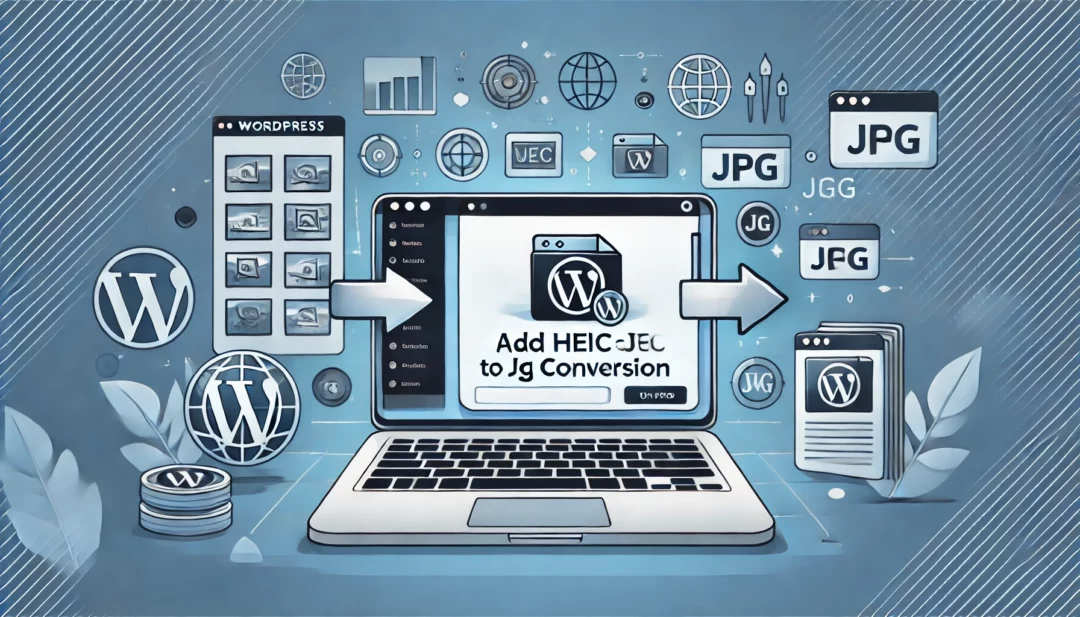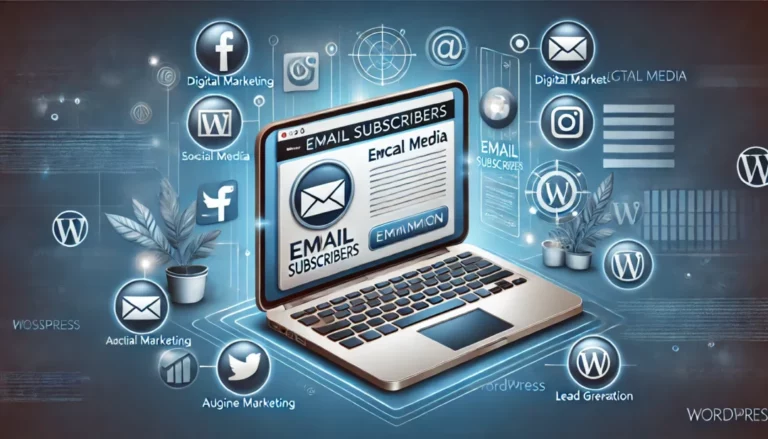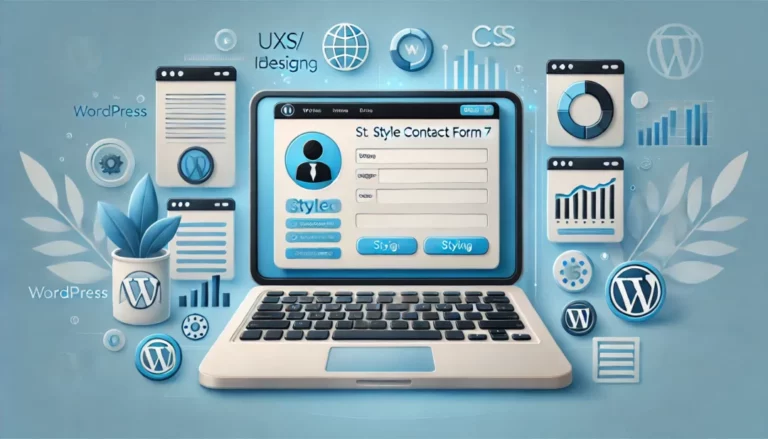
Struggling to convert HEIC images on your WordPress site? These high-efficiency files can be tricky, especially when compatibility issues arise. Converting HEIC to JPG directly in WordPress not only streamlines your workflow but also ensures your images display seamlessly across all devices and browsers.
Understanding The HEIC Format
The HEIC (High-Efficiency Image Container) format is a modern image file type designed to store high-quality photos in smaller file sizes. Developed by the Moving Picture Experts Group (MPEG), it serves as the default format for images taken on newer Apple devices running iOS 11 and later. Its efficiency in compressing images surpasses traditional formats like JPG or PNG, making HEIC particularly useful for saving storage space.
HEIC’s advanced features include support for multiple image sequences, 16-bit color depth, and transparency, which offer superior image fidelity. Despite its advantages, many platforms and applications, including WordPress, struggle to natively support HEIC files, leading to compatibility challenges. This lack of support can disrupt workflows, especially when sharing or displaying images on websites.
By converting HEIC files to JPG, you ensure cross-platform compatibility without compromising accessibility. JPG files are widely supported by browsers and WordPress themes, making them ideal for easy integration into your site.
Why Convert HEIC To JPG In WordPress?
Converting HEIC images to JPG format ensures better compatibility with web browsers, devices, and WordPress themes. While HEIC files provide high-quality images with smaller sizes, their limited support creates accessibility issues for users and site visitors. JPG, being widely supported, eliminates these concerns.
Improve Browser Compatibility
Most web browsers like Chrome, Firefox, and Edge don’t natively support HEIC files. Uploading images in JPG format guarantees their proper display, regardless of a user’s browser preferences.
Ensure Cross-Device Functionality
JPG files work seamlessly on devices across different platforms, including Windows, macOS, Android, and iOS. HEIC’s restricted compatibility can negatively impact the user experience for those using unsupported devices.
Simplify Workflow on WordPress
HEIC files may not render correctly when uploaded to WordPress. Converting them to JPG allows smoother integration with plugins, page builders, and layouts, ensuring that no additional tools are required to process or display the images.
Enhance SEO Through Image Optimization
Search engine performance can suffer with incompatible image formats. JPG files are supported by most image compression plugins, helping reduce load times and improve your site’s SEO ranking without changing the format.
Avoid Rendering Errors
HEIC files can sometimes lead to missing or broken image links after upload. Converting them to JPG prevents such issues, guaranteeing a consistent visual flow for your site’s visitors.
Methods To Add HEIC To JPG Conversion In WordPress
Adding HEIC to JPG conversion in WordPress ensures compatibility across devices and browsers while streamlining your workflow. Explore the following methods to implement this functionality effectively.
Using A WordPress Plugin
- Install a Conversion Plugin: Search for trusted plugins like Imagify or ShortPixel, which support automatic HEIC to JPG conversion. Install the selected plugin from your WordPress dashboard.
- Configure Plugin Settings: Open the plugin’s settings and enable HEIC conversion. Adjust compression levels and file optimization settings for optimal results.
- Upload HEIC Files: Navigate to the Media section and upload HEIC images. The plugin will convert them to JPG automatically during the upload process.
- Verify Converted Images: Check the Media Library for the converted JPG files to ensure the conversion process worked correctly.
Using plugins is the easiest method, especially if you’re not familiar with coding.
Custom Coding Solutions
- Access Your Theme Files: Use an FTP client or the WordPress file editor to access your theme’s
functions.phpfile. - Add a Conversion Script: Implement a custom PHP script to integrate an image conversion library like Imagick. The script processes HEIC files and converts them to JPG upon upload.
- Test the Functionality: Upload a sample HEIC image to ensure the custom script converts it correctly. Debugging may be needed for complex setups or server limitations.
Custom coding offers control and flexibility but requires familiarity with PHP and WordPress development.
- Use Online Converters: Leverage external tools like CloudConvert or HEIC to JPG Converter for batch conversion. Upload the HEIC images, convert them, and download the JPG files.
- Upload Converted Files to Media Library: After downloading the JPGs, upload them through the Media Library in WordPress.
- Consider Offline Software: Applications like Adobe Lightroom or iMazing HEIC Converter provide desktop-based conversion options, suitable for handling numerous images.
External tools work well for one-time or bulk conversions when managing HEIC files outside WordPress.
Pros And Cons Of Each Method
Adding HEIC to JPG conversion in WordPress can be achieved through multiple methods, each with its strengths and limitations. Understanding the pros and cons of these approaches helps you decide the best method for your needs.
Plugin-Based Solutions
Plugins like Imagify or ShortPixel provide an automated way to convert HEIC to JPG directly within WordPress. These plugins handle conversions during the upload process, saving time.
- Pros:
- Ease of Use: Installation and setup are straightforward, even for beginners.
- Automation: Conversions happen automatically upon upload.
- Integration: Seamlessly works with WordPress Media Library and themes.
- Additional Features: Often include image compression for SEO optimization.
- Cons:
- Cost: Some plugins require a subscription for advanced features or higher usage limits.
- Dependency: Relying on third-party tools may lead to issues if the plugin is discontinued or incompatible.
- Complexity: Misconfigured settings can affect image quality or outputs.
Custom Coding Approach
Custom coding uses a PHP script in your theme’s functions.php file to handle HEIC to JPG conversions. This method demands technical expertise.
- Pros:
- Control: Full authority over the script’s functionality and customization.
- No Recurring Costs: Unlike plugins, it’s a one-time setup.
- Efficiency: Direct integration minimizes resource usage.
- Cons:
- Technical Knowledge: Requires understanding PHP and WordPress development.
- Maintenance: Manually updating scripts for WordPress compatibility can be time-consuming.
- Risks: Errors in the code could disrupt site functionality.
External Tools
Using online converters or offline software helps you process HEIC files outside WordPress. Tools like CloudConvert, HEICtoJPG, or Adobe Photoshop offer reliable batch conversion options.
- Pros:
- Flexibility: Ideal for users who prefer external processing workflows.
- Advanced Features: Many tools offer editing options alongside conversion.
- Compatibility: Doesn’t depend on WordPress plugins or coding skills.
- Cons:
- Manual Effort: Requires uploading, converting, and re-uploading images.
- Privacy Concerns: Online tools might not guarantee data security.
- Time Consumption: Processing large volumes of images offline can slow tasks.
Best Practices For Managing HEIC And JPG Files In WordPress
Effective management of HEIC and JPG files in WordPress ensures optimal performance, compatibility, and quality for your website. Focus on both file quality and size to maintain a seamless user experience while optimizing your site’s speed and accessibility.
Optimizing Image Quality
Prioritize image quality to ensure visual appeal and professional presentation. Follow these steps for effective optimization:
- Choose Reliable Plugins
Use reputable WordPress plugins like Imagify or ShortPixel to enhance image quality during conversion. These tools reduce quality loss and maintain clarity when converting HEIC to JPG.
- Enable Lossless Compression
Adjust plugin settings to enable lossless compression. This setting retains the original quality of images while reducing file sizes.
- Test Before Upload
Test conversions by uploading a sample HEIC file. Check the resulting JPG file for distortions or quality loss to confirm the setup is effective.
- Use Correct Output Resolutions
Match the resolution of output JPG files to their intended display dimensions. Large images resized in browsers increase load times without improving quality. For example, set a featured image at 1200×630 pixels to suit social sharing previews.
File Size Considerations
Keep file sizes optimized for faster load times and improved SEO. Larger files can slow down your site, affecting user experience and rankings.
- Utilize Automatic Resizing
Set your plugin or theme to resize images upon upload. WordPress default sizes like Medium (300×300 pixels) suit galleries, while Large (1024×1024 pixels) works for full-screen displays.
- Avoid Excessive File Sizes
Maintain individual file sizes under 500 KB for web use. Converting HEIC to JPG can help achieve this if combined with compression.
- Leverage CDN Services
Distribute images via a Content Delivery Network (CDN) like Cloudflare. CDNs reduce load on your server and deliver images faster to visitors worldwide.
- Regularly Audit Media Library
Audit and clean your media library periodically to remove unused or over-sized images. Use tools like Media Cleaner to streamline the process without manual effort.
Both image quality and file size contribute to better performance and user satisfaction on your WordPress site. Balancing these factors ensures an engaging and efficient platform for all audiences.
Conclusion
By implementing HEIC to JPG conversion in WordPress, you can overcome compatibility challenges and ensure your images are accessible across all platforms. Whether you choose a plugin, custom coding, or external tools, the right method depends on your technical skills and workflow needs. Prioritizing image optimization and performance will enhance user experience and improve your site’s efficiency. Take the time to evaluate your options and adopt best practices to keep your WordPress media library streamlined and effective.
Frequently Asked Questions
What is the HEIC file format?
HEIC (High-Efficiency Image Container) is a modern image format developed by MPEG. It offers high-quality images with smaller file sizes, supporting advanced features like multiple image sequences and 16-bit color depth. However, many platforms, including WordPress, do not natively support HEIC, making conversion necessary for compatibility.
Why should I convert HEIC to JPG in WordPress?
Converting HEIC to JPG ensures better compatibility with web browsers, devices, and WordPress themes. JPG files load properly across platforms, optimize SEO with image compression, and integrate seamlessly with WordPress, improving user experience and avoiding rendering issues.
How can I convert HEIC to JPG in WordPress?
You can use WordPress plugins like Imagify or ShortPixel for automatic HEIC to JPG conversion during uploads. Alternatively, use custom PHP scripts for manual conversion or external tools (online converters or software) for batch processing outside of WordPress.
What are the benefits of using a plugin for HEIC to JPG conversion?
Plugins like Imagify and ShortPixel automate the process, simplify workflows, and allow for easy configuration. These tools also typically integrate with image optimization features to improve load times and site performance.
Are there drawbacks to using conversion plugins?
Yes, some plugins come with costs or subscription fees, and you may become reliant on them. Regular updates are also needed to ensure compatibility with new WordPress versions.
Can I manually convert HEIC to JPG without a plugin?
Yes, you can add custom PHP code to your WordPress theme’s functions.php file or use external tools like online converters or offline software for conversion. These methods require more effort but provide flexibility and control.
How does converting HEIC to JPG improve WordPress site speed?
JPG files are compatible with most image compression plugins, which reduce file sizes and improve page loading times. Optimized images enhance user experience and contribute to higher SEO rankings.
What is the best file size for images in WordPress?
The ideal size is under 500 KB per image. Smaller sizes ensure faster loading speeds, enhancing user experience and SEO. You can achieve this through compression and resizing tools.
How do I optimize images in WordPress for performance?
Use reliable image compression plugins, enable automatic resizing, and leverage CDN services for faster delivery. Regularly audit your WordPress media library to remove unused images and optimize storage.
Are HEIC files supported by web browsers?
No, most web browsers like Chrome, Firefox, and Edge do not natively support HEIC files. Converting HEIC to JPG ensures images display correctly across all platforms and devices.
What are the pros and cons of PHP-based conversion?
PHP-based conversion offers complete control and avoids ongoing costs. However, implementing it requires technical skills, and you’ll need to maintain the code to keep it functioning as WordPress updates.
Is there a privacy concern when using online HEIC to JPG converters?
Yes, uploading HEIC files to online converters may expose sensitive image data. Ensure you trust the platform or use offline software to retain privacy and control over your files.



